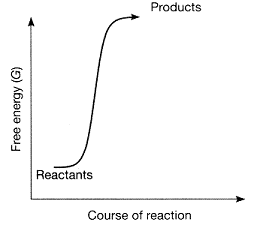Which of the following is NOT a typical cellular change that occurs during lung cancer?
A. cellular hyperplasia
B. elevated gas transport
C. cellular displasia
D. increases in basal cell number and thickening of epithelium
E. loss of ciliated cells
Answer: B
You might also like to view...
Answer the following statements true (T) or false (F)
1. Most of the cells in your brain are neurons. 2. The Nernst Equation is: E = 60 mV log10 ([Xextracellular/Xintracellular]). Given this, the equilibrium potential for a given ion would be increased with an increase in its intracellular concentration. 3. The Nernst Equation is: E = 60 mV log10 ([Xextracellular/Xintracellular]). Given this, the equilibrium potential for a given ion would be increased with an increase in its extracellular concentration. 4. Action potentials are typically also graded potentials.
A flower with petals, sepals, stamens, and one carpel is
a. perfect and incomplete. b. imperfect and complete. c. imperfect and incomplete. d. perfect and complete. e. sterile
Which statement best describes the plot in the accompanying figure?

a. The figure represents an endergonic reaction.
b. The figure represents a spontaneous reaction.
c. The products have more free energy than the reactants.
d. The reactants have more free energy than the products.
e. The reaction is endergonic, and in addition, the products have more free energy than the reactants.
The placental blood vessels
A) manufacture hormones that slow the growth of the embryo, preventing it from outgrowing the uterus. B) allow for the exchange of wastes and nutrients but keep the maternal and fetal circulations separate. C) draw oxygen from the fetal blood and pass it to the mother. D) mix maternal blood and fetal blood. E) prevent all microbes and toxins from crossing from mother to child.